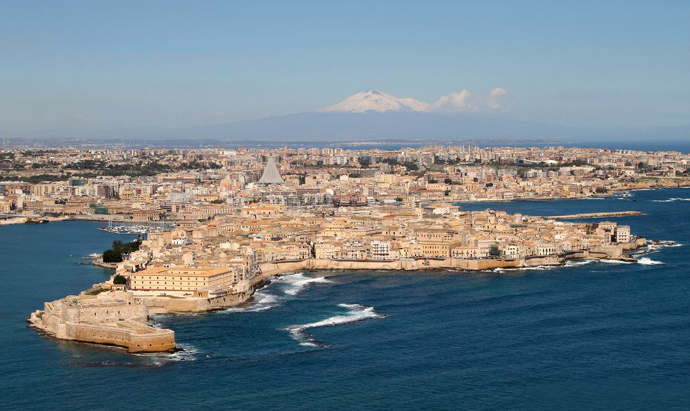Most of the colourful horror stories about him are probably black propaganda, but he did cause a famine and drain the Roman treasury, building vast monuments to his own greatness, nonetheless. He was the first Roman emperor to be assassinated, killed to stop him relocating to Egypt to live as a sun god.
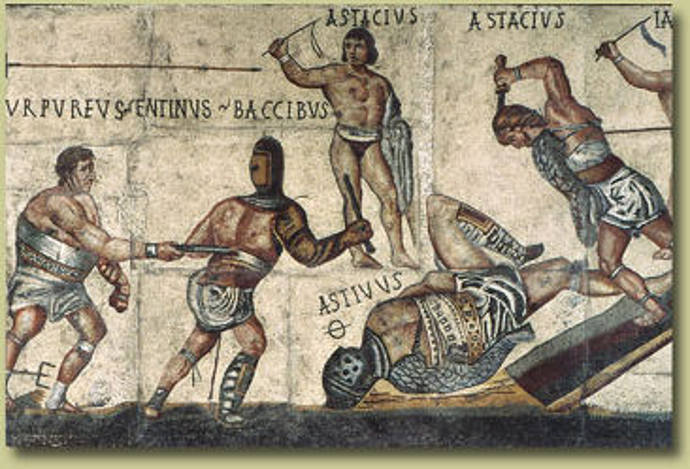
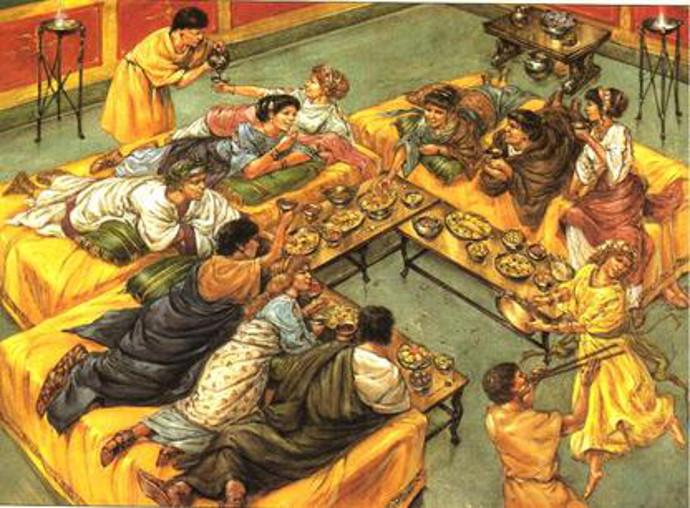
Six men were recognised as emperor in the messy ending of the terrible rule of Maximinus Thrax. Two of the emperors, Gordian I and II, a father a son ruling jointly, lasted just 20 days.
Plebeians, small landowners and tradesmen, had few rights, while the aristocratic Patricians ruled the city, until the Conflict of the Orders between 494 BC and 287 BCE saw the Plebs win concessions by using withdrawal of labour and sometimes evacuation of the city.
Barbarian factions, tribes and war leaders were now a factor in the power struggles at the top of Roman politics and one of the once-strong boundaries of the Empire had proved to be permeable.
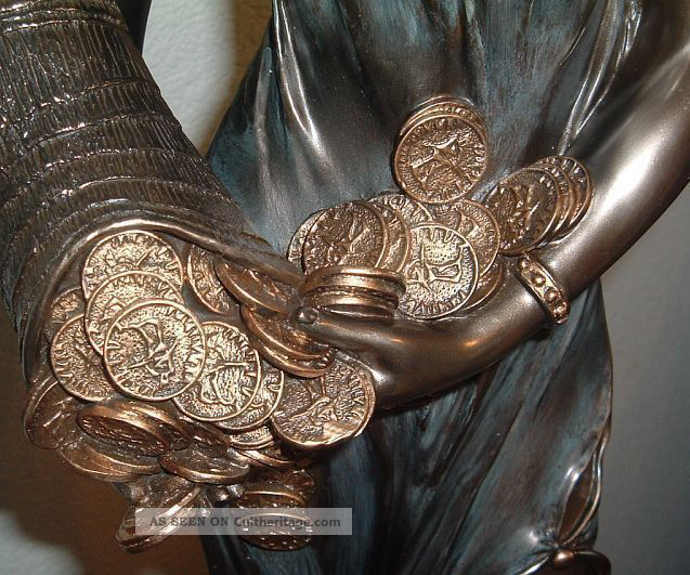
He controlled Dalmatia and was named Emperor by Leo I of the Eastern Empire. He was murdered in a factional dispute. No serious claim to the throne of the Western Empire was to be made ag
The Shocking Scale of Holocaust Killing by Country
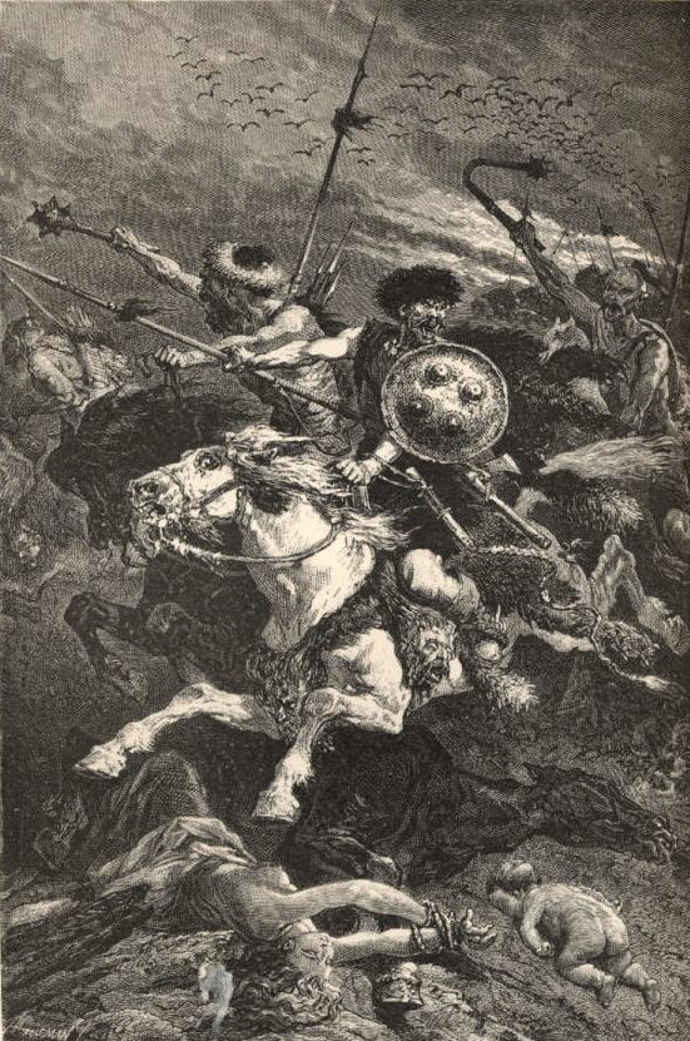
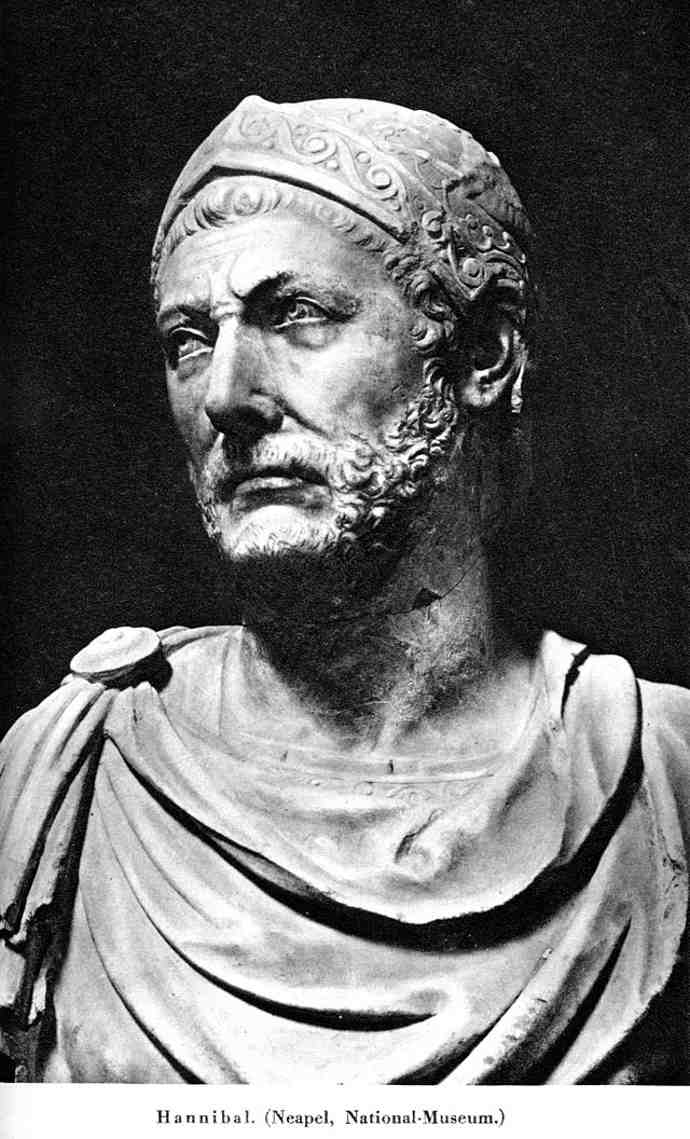
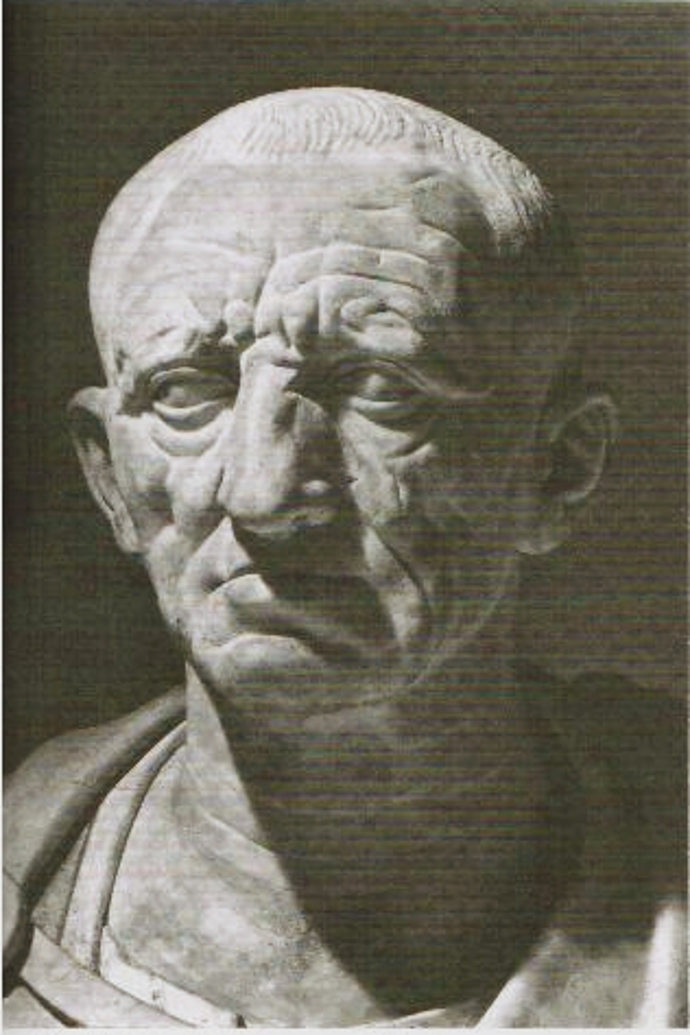
Probably around a quarter of the worlds population at the time.

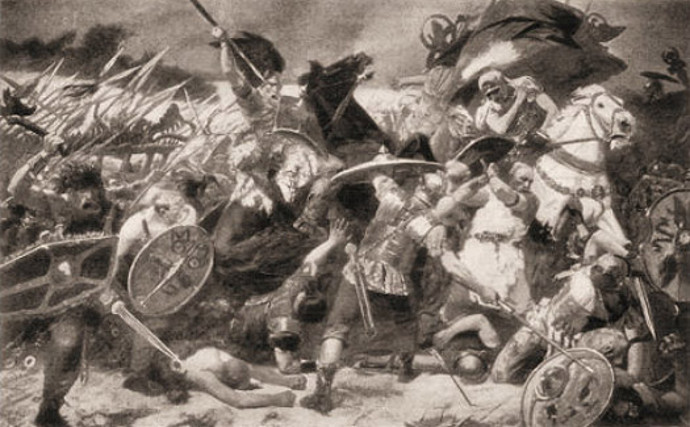
8 May 1945: Victory in Europe Day and the Defeat of the Axis
It was possible to travel from Britain to the Persian Gulf without leaving Roman territory.
The Eastern Roman Empire, with its capital in Constantinople (now Istanbul) and called the Byzantine Empire, survived in one form or another until 1453.
The third triumph to celebrate his victories was the then largest in Roman history two days of feasting and games and was said to signal Romes domination of the known world.
The three largest, Rome, Alexandria (in Egypt) and Antioch (in modern Syria), were each twice as large as the largest European cities at the start of the 17th century.
He refused to believe that he had beaten Caesars legions and insisted that their retreat was to lure him into a trap. He held off and Caesar was victorious in their next engagement.
He felt that promises of integration into the Empire, with land, money and office, had been broken and sacked the city in revenge for this perceived treachery.
Photo by Georges Jansoone via Wikimedia Commons
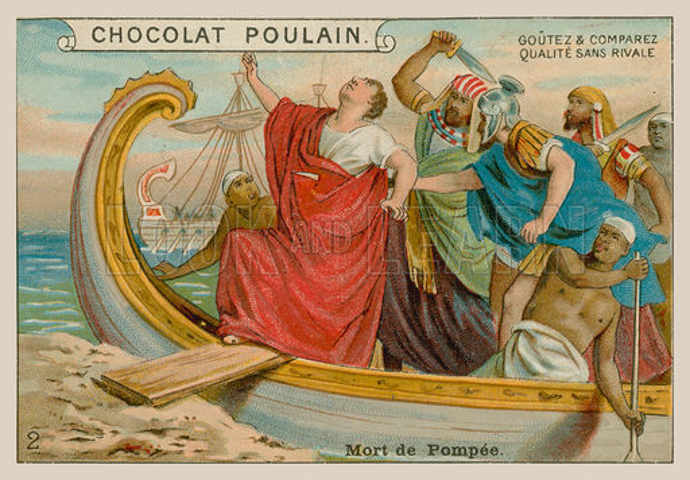
The story was included in the first history of the city, by the Greek writer Diocles of Peparethus, and the twins and their wolf step-mother were depicted on Romes first coins.
48. At the Triumph to celebrate his victories, including those in Gaul and Egypt, two armies of 2,000 people each fought to the death in the Circus Maximus
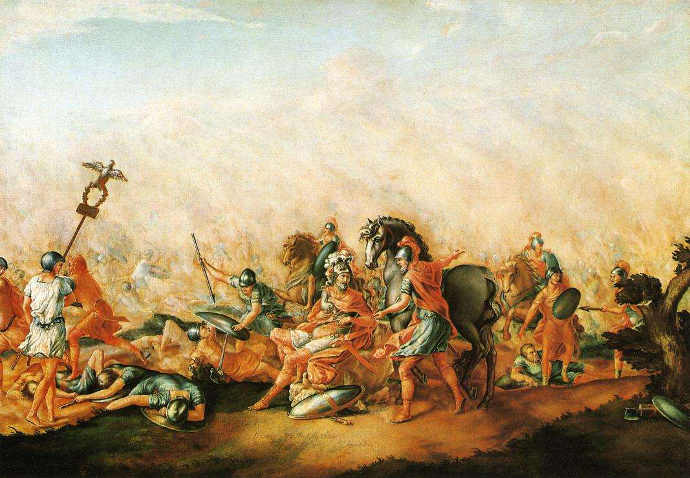
It inspired St Augustine, an African Roman, to write City of God, an important theological argument that Christians should focus on the heavenly rewards of their faith rather than earthly matters.
Although their relationship lasted at least 14 years and may have produced a son tellingly called Caesarion Roman law only recognised marriages between two Roman citizens. He remained married to Calpurnia through this period, Romans would not have considered his relationship adulterous.
He had gone to war against the Parthian Empire with no official backing, seeking military glory to match his wealth, and his force was crushed by a much smaller enemy. Crassus was killed during truce negotiations.
He thought the Empire was too big for one man to rule. It lasted while he lived, but collapsed into more bloody feuding and fighting upon his death.
Their defeated Greek opponents had been believed to be the best in the ancient world. By 264 BC all of Italy was under Roman control.
He had one legitimate daughter, Julia, with his first wife and a probable illegitimate son with Cleopatra. He adopted the boy who was to become Emperor Augustus and believed Brutus, who helped kill him, was an illegitimate son.
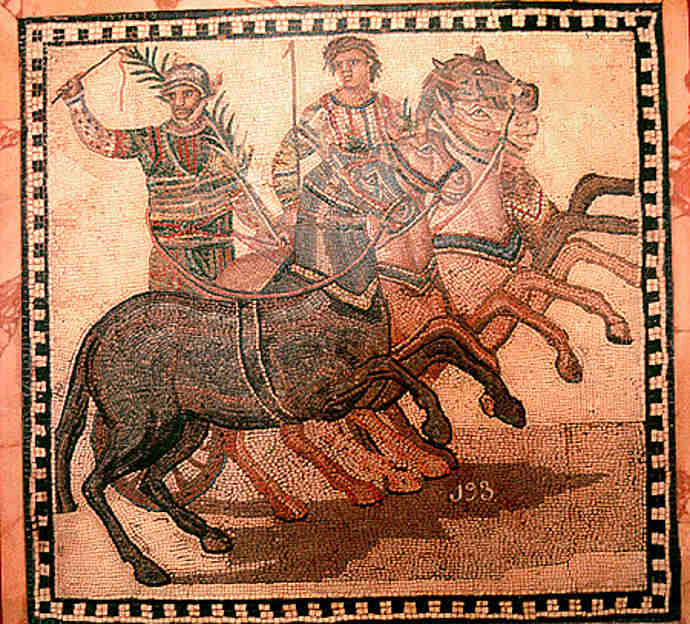
Large parts of the east of the Empire were left open to attack. After this defeat barbarians were an accepted part of the Empire, sometimes military allies and sometimes foes.
Emperors cemented their reputations with grand public works. The largest surviving triumphal arch is the Arch of Constantine, completed in 315 AD to celebrate the Battle of Milvian Bridge. It is 21 metres high. Marble Arch in London was based on it.

The Cloaca Maxima was built from earlier open drains and canals, surviving through the entire Republic and Empire. Parts of it are still used as a drain today. The cleaner, healthier life of Roman cities was an attraction to people in the Empire to buy into the lifestyle of their conquerors.

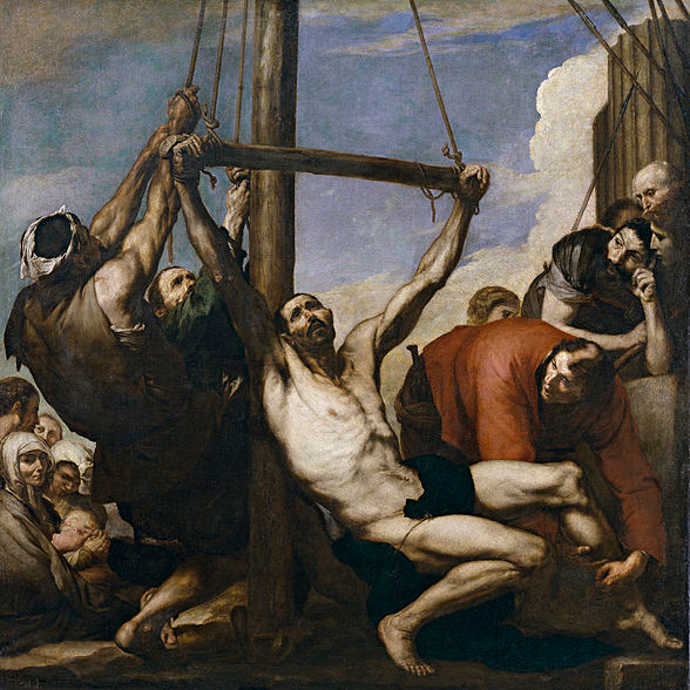
The final Siege of Carthage lasted around two years and the Romans completely destroyed the city, selling an estimated 50,000 people into slavery.
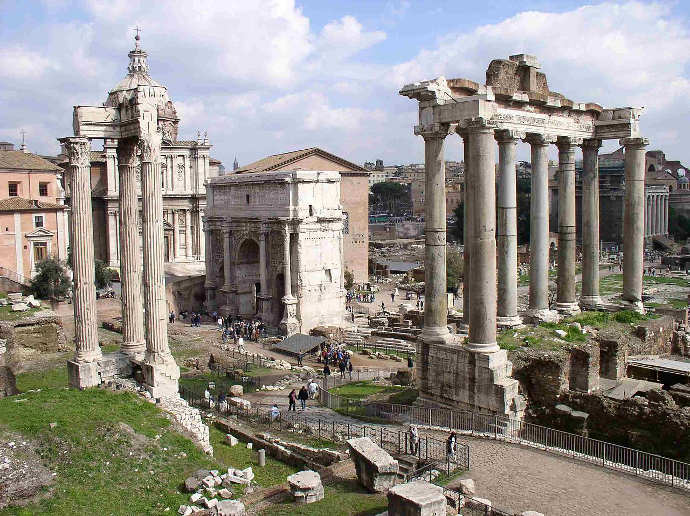
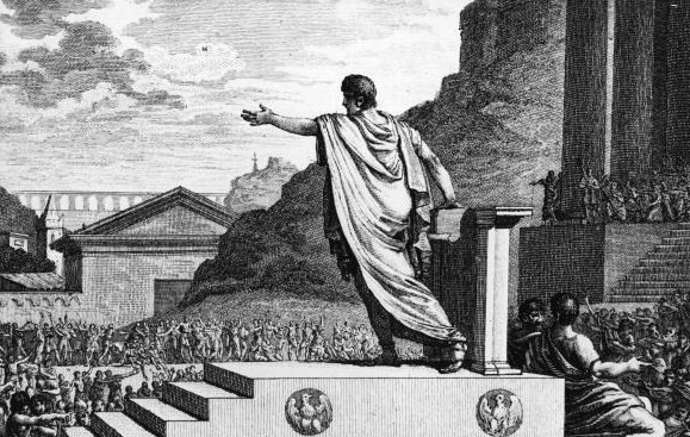
Phot by Diliff via Wikimedia Commons
The last, Tarquin the Proud, was deposed in 509 BC in a revolt lead by Lucius Junius Brutus, the founder of the Roman Republic. Elected consuls would now rule.
Starting at around 70 AD, it took around 10 years to build over the demolished palaces of Nero, and could hold anything up to 80,000 spectators.
When his head and seal were presented to Caesar, the last standing member of the triumvirate is said to have wept. He had the conspirators executed.

Caesars Civil War from 49 BC to 45 BC saw Roman armies fighting each other in Italy, Spain, Greece and Egypt.
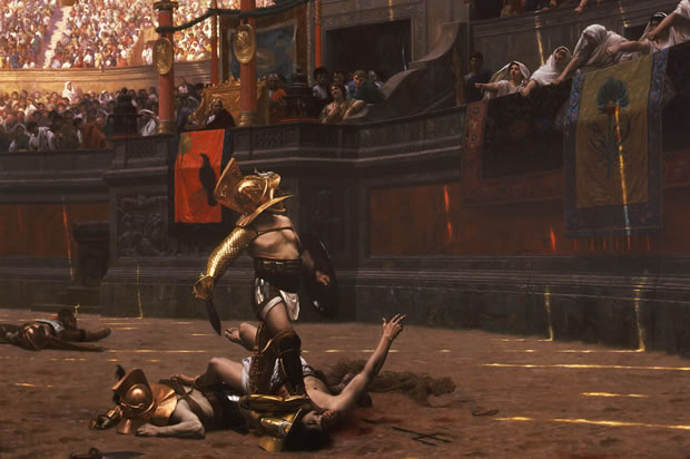
The Art of World War One in 52 Paintings
84. Chariot racing remained the most popular sport in Rome
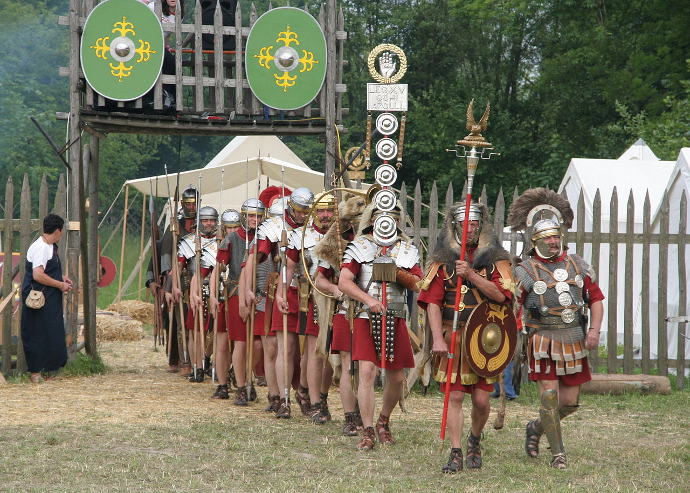
Caesar reconciled the feuding Crassus and Pompey. It ended with Crassus death in 53 BC.
Influxes of people into the Empire from the east were making Rome unstable. A Gothic-led coalition of tribes crossed the Roman frontier, pillaging through what is now Bulgaria. Roman forces sent to recover what they had taken and kick them out for good were routed. Emperor Decius and his son Herennius Etruscus were killed and a humiliating peace settlement was enforced by the Goths, who would be back.
Map by Dipa1965 via Wikimedia Commons.
It held crowds of up to 250,000, according to some accounts (though 150,000 is probably more likely). Beginning around 50 BC,Julius Caesar and Augustus, the first Emperor, helped develop it from a simple racing track to the largest stadium in the world.
The Phoenicians, originally from Lebanon, were known as successful sea traders and naval warriors. They also spread the first alphabet. Their trade routes along the North African and European coasts of the Mediterranean made them a rival of Rome.
Drivers, who usually started out as slaves, could earn adulation and huge sums. Gaius Appuleius Diocles, survivor of 4,257 races and winner of 1,462, is supposed to have earned the equivalent of $15 billion in his 24-year career.
![]()
5 Light Machine Guns of World War One
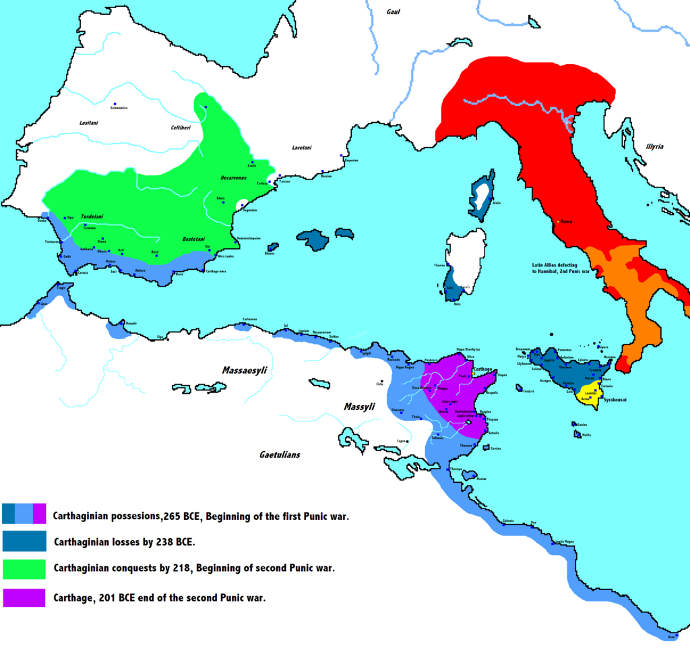

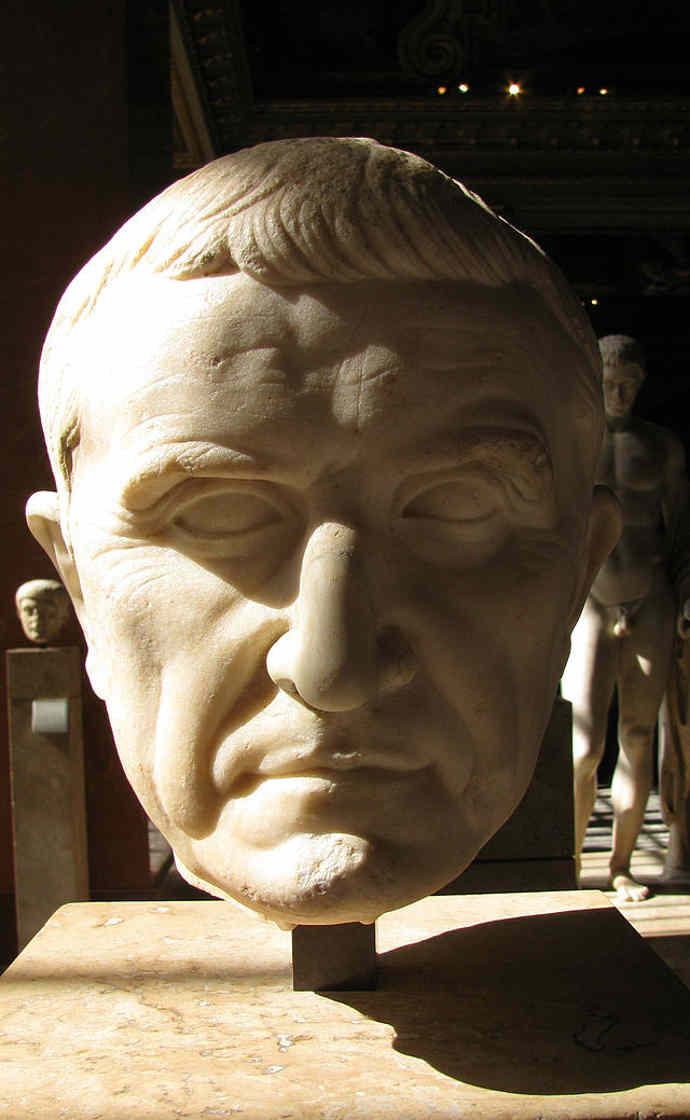
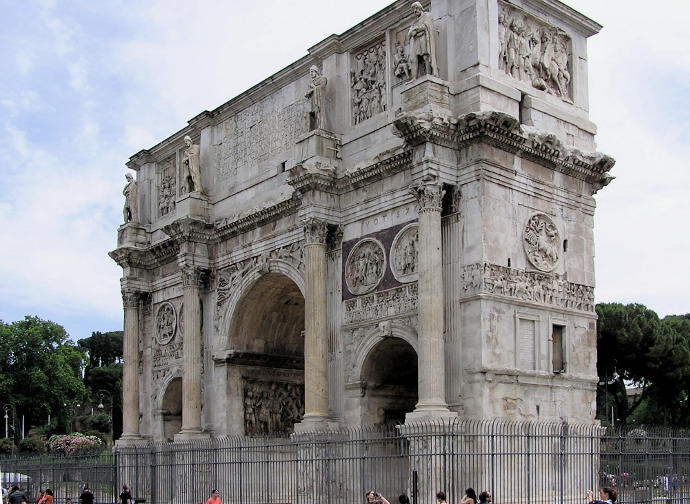
A Germanic tribal alliance, led by a Roman-educated Roman citizen, Arminius, utterly destroyed three legions. Such was the shock of the defeat that the Romans retired the numbers of two of the destroyed legions and drew the Empires north-eastern frontier at the Rhine. The battle was an important event in German nationalism until World War II.

Hannibal, the great Carthaginian general, surprised everyone by completing an almost impossible land journey to Italy. His brilliant tactics destroyed a Roman army of nearly 90,000 men. Hannibal could not capitalise on his victory with an assault on Rome though, and the massive military reforms the disaster precipitated only made Rome stronger.
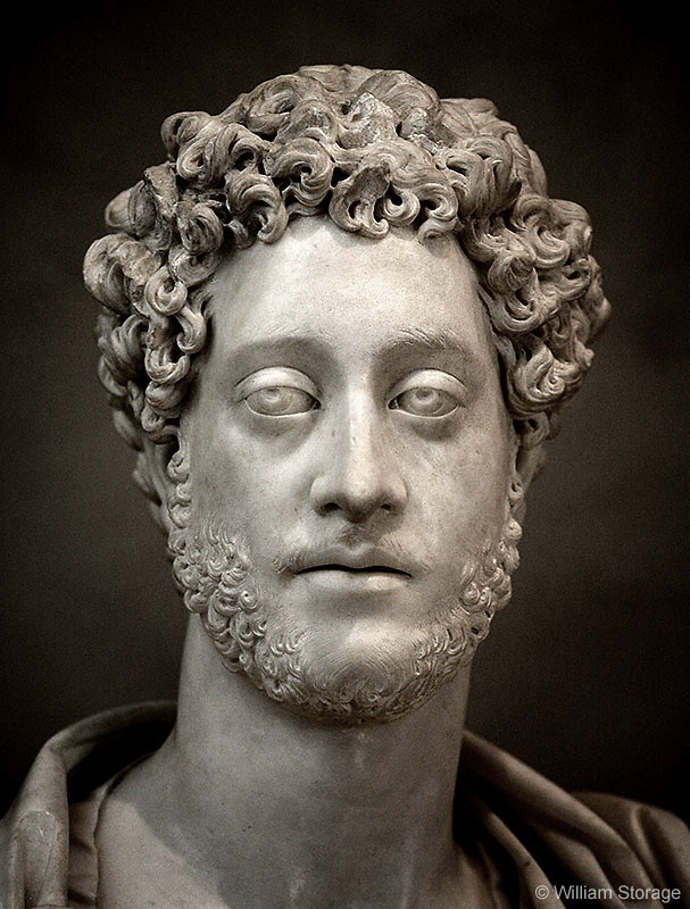
At the Lucca Conference they divided much of the Empire into personal territories.
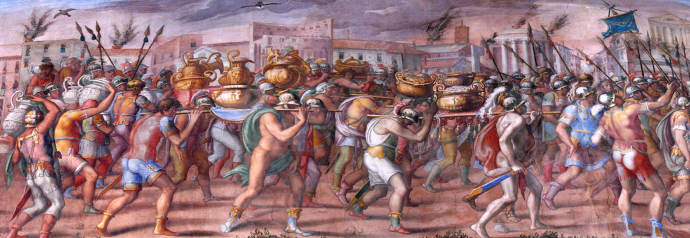
Deposed king Lucius Tarquinius Superbus took up with Romes Etruscan enemies to try to retake his throne. Lucius Junius Brutus, the founder of the Republic, was killed.
When Emperor Romulus was deposed in 476 AD and replaced by Odoacer, the first King of Italy, many historians believe the Empire was over.

His family was caught up in another of one of Romes bloody power struggles and in order to stay away from the new top man, Sulla, and his possible revenge, Caesar joined the army.
The history of Rome is long and complex: a village grew into the Eternal City thats still a wonder today; a monarchy became a republic and then an empire; Italy was conquered before Europe, parts of Africa and the Near and Middle East were incorporated into an empire that had around a quarter of the worlds population under its governance.
The Ballad of Willie McBride and the Futility of War
According to contemporary accounts, he took 38,000 infantry, 8,000 cavalry and 38 elephants into the mountains and descended into Italy with about 20,000 infantry, 4,000 cavalry and a handful of elephants.
After the death of Nero, emperors Galba, Otho, Vitellius, and Vespasian all ruled between June 68 AD and December 69 AD. Galba was assassinated by the Praetorian Guard; Otho committed suicide as Vitellius seized power, only to be killed himself.
A dispute between the cities of Syracuse and Messina in 264 BC saw the two powers taking sides and a small local conflict turn into a battle for dominance of the Mediterranean.
Infographic Video Smashes Home the Shocking Losses of World War Two
Photo by Benh Lieu Song via Wikimedia
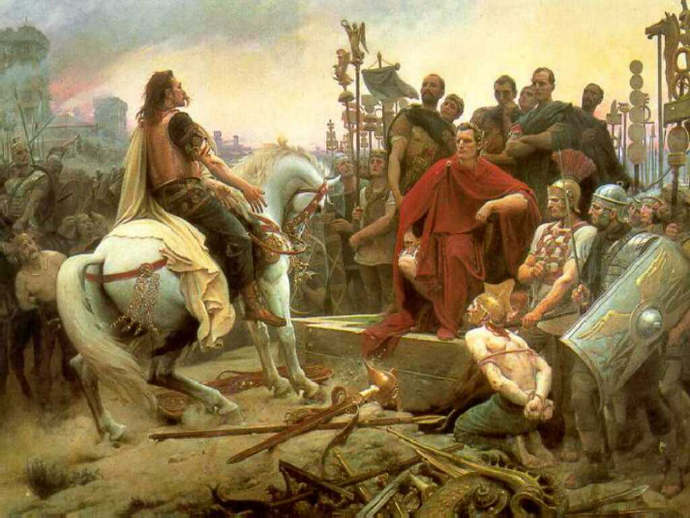
His powerful forces threatened Rome during the Third Servile War. He was a Thracian, but little is known about him beyond his military skill. There is no evidence his forces had a social, anti-slavery agenda. The defeated slaves were crucified.
5 Great Acting Performances of Richard III
This allowed them to build large roofed structures without forests of pillars, and great bridges and aqueducts.
Map by Tataryn77 via Wikimedia Commons
The loss of tax revenues and food supplies from North Africa was a terrible blow to the Western Empire.
He went into exile to save Carthage from harm, but was still being hounded when he poisoned himself around 182 BC.
When rioting broke out in protest at the states extravagance and waste, Caesar had two rioters sacrificed.
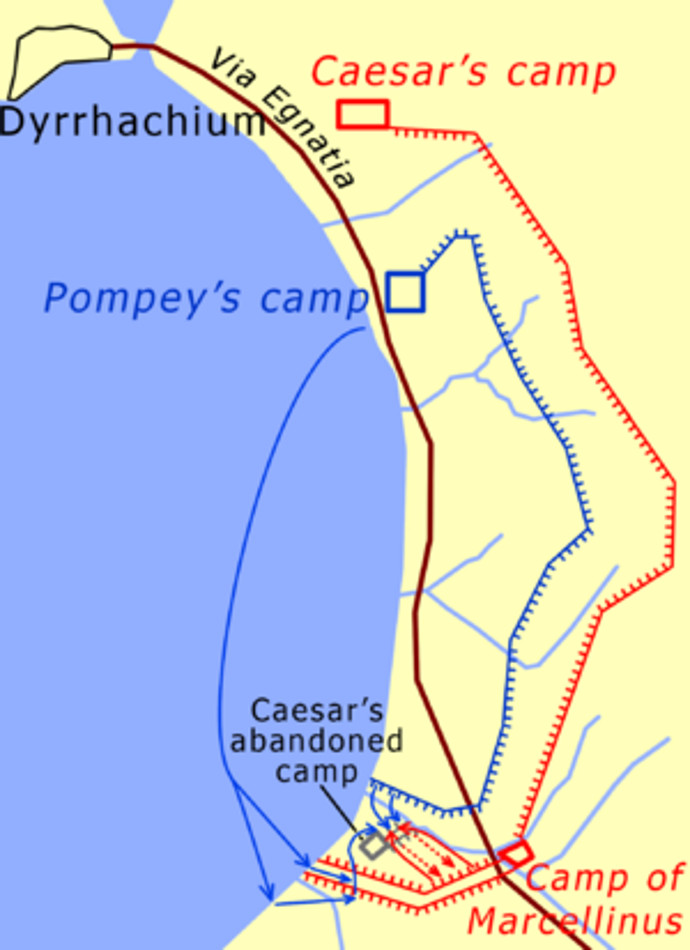
Laws divided the gladiators into groups such as Secutors, with their large shields, or heavily-armed fighters with smaller shields called Thraex after their Thracian origin.
He wanted to step into the space left by the decaying Roman state. An alliance of Romans and Visigoths decisively defeated the already-fleeing Huns, who were later wiped out by a Germanic alliance. Some historians believe the battle was of epochal significance, protecting Western, Christian civilisation for centuries to come.
10 of the Best Medieval Cathedrals You Can See in Britain
Map by MapMaster via Wikimedia Commons
Rome wasnt built in a day, as the clich reminds us. Neither did the greatest power of the ancient world fall in one swift cataclysm as some past historians believed.
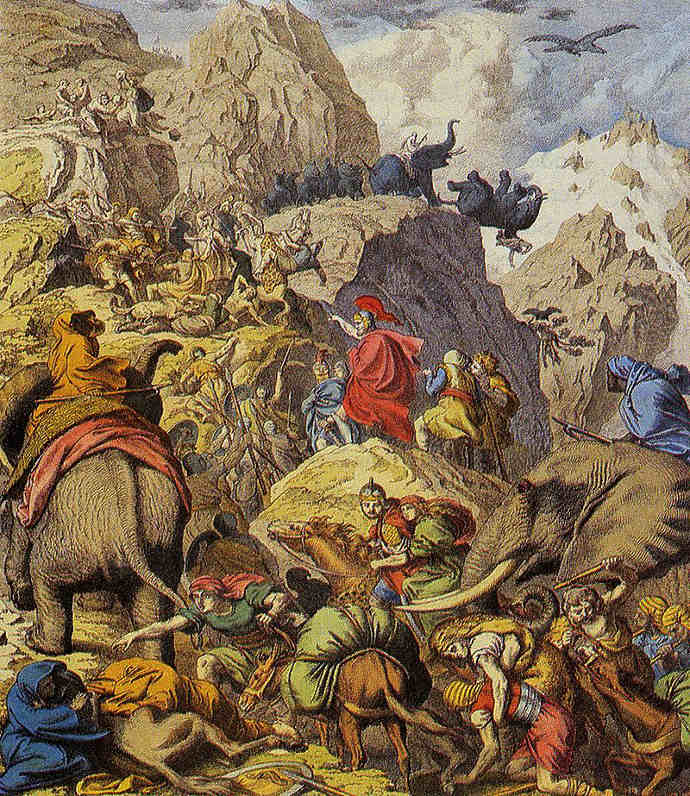
He presented himself as Hercules in statues, fighting in rigged gladiatorial games and renaming Rome after himself. Many historians date the start of the fall of the Empire to Commodus reign. He was assassinated in 192 AD.
He told his captors the ransom they had demanded was not high enough and promised to crucify them when he was free, which they thought a joke. On his release he raised a fleet, captured them and did have them crucified, mercifully ordering their throats cut first.
22.The Battle of Heraclea in 280 BC was the first of the Pyrrhic victories of King Pyrrhus of Epirus over Rome
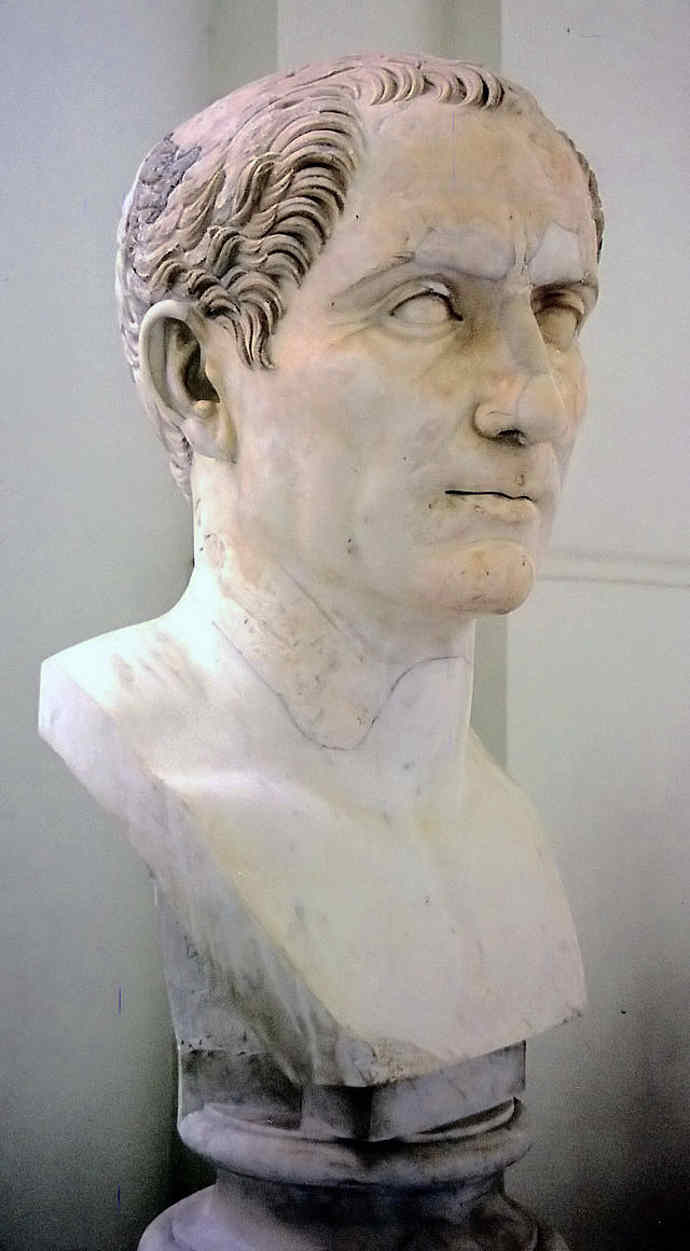

Two emperors, Constantine and Maxentius were battling for power. Chronicles recount Constantine receiving a vision from the Christian god, offering victory if his men decorated their shields with Christian symbols. Whether true or not, the battle confirmed Constantine as sole ruler of the Western Roman Empire and a year later Christianity was legally recognised and tolerated by Rome.
Between 50,000 and 70,000 Roman soldiers were killed or captured by a much smaller force. It is considered one of the great military triumphs (and disasters) in history, the perfect battle of annihilation.

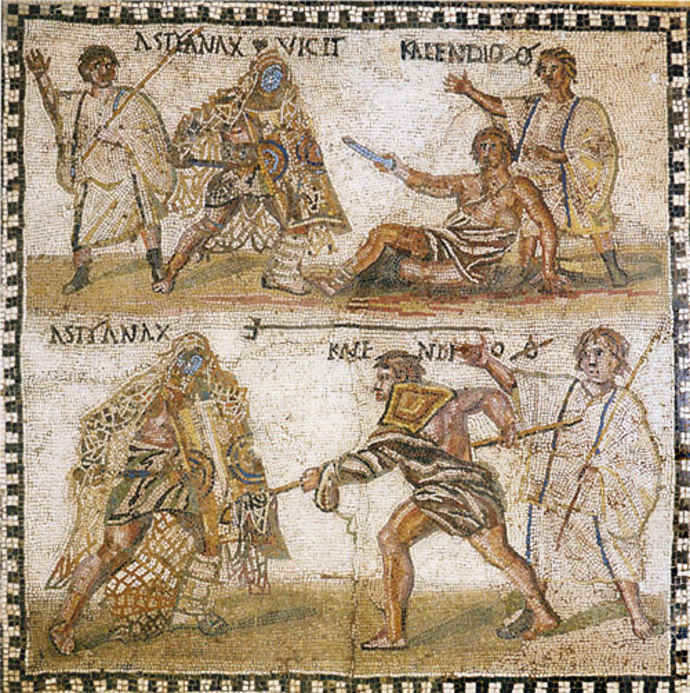

The much more secure Eastern court installed Anthemius and sent him west with huge military backing.
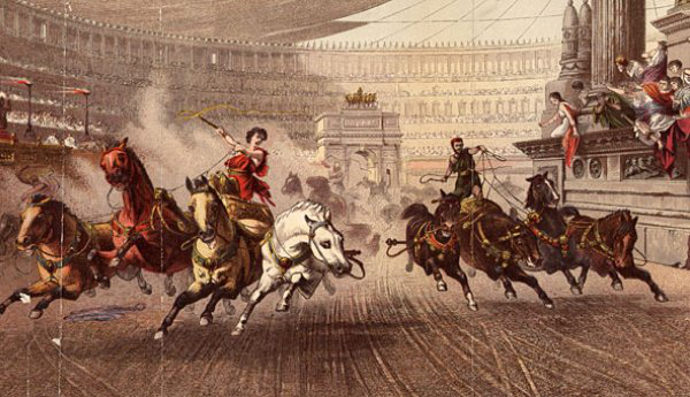
The North African city state was soon to be its foe in over a centurys struggle for Mediterranean dominance.
There was almost total peace within the Empire, law and order was maintained and the Roman economy boomed.
Five claimants battled it out for power after the death of Commodus. Septimius Severus finally outlasted the others.

100 Facts About Ancient Rome and the Romans
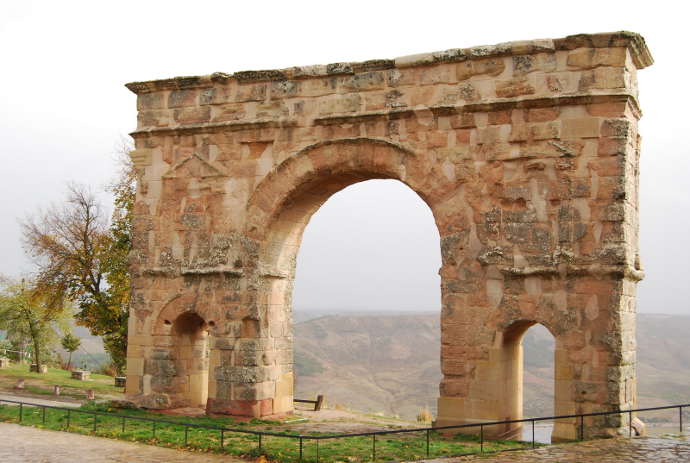
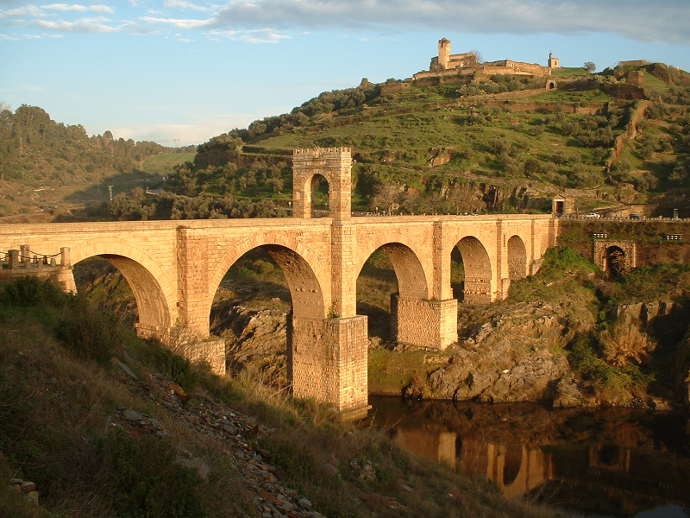
The first major paved road was the Applian Way, started in the mid-fourth century BC, linking Rome to Brindisi. They even built tunnels for their roads, the longest was 1km long at Portus Julius, an important naval base.
Caligula, Hadrian, Titus, Caracalla, Geta, Didius Julianus and Lucius Verus are all reported to have fought in games of some sort.
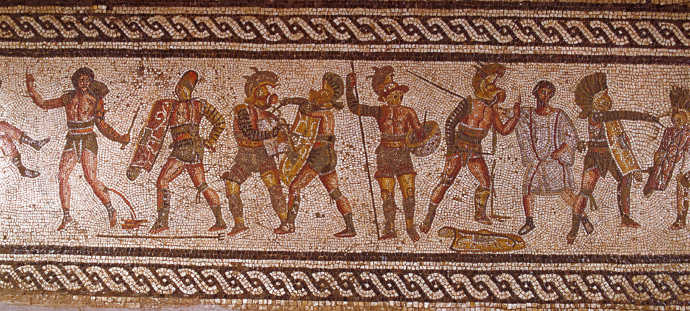
He acquired at least some of his wealth by buying burning buildings at knock-down prices. Once bought, he would employ the 500 slaves he had bought especially for their architectural skills to save the buildings.
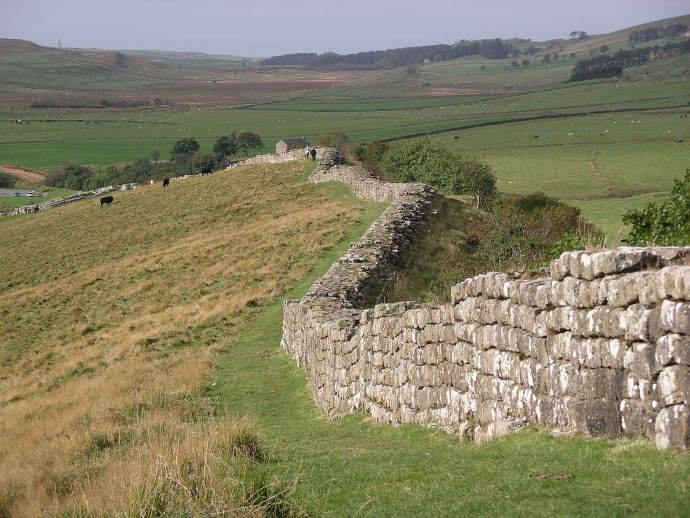

During this period Rome was often at war with its Italian neighbours. Internally there was strife too, as aristocrats tried to hang on to their exclusive rights and privileges against pressure from the rest of society.

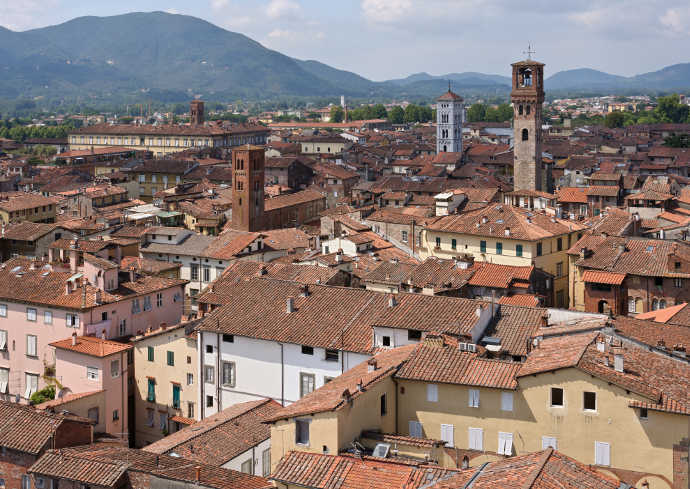
He reportedly mistook the news for a report of the death of his pet cockerel, Roma. He was said to have been relieved that it was just the old imperial capital that had fallen.
Pyrrhus led an alliance of Greeks alarmed by Romes expansion into southern Italy. In military historical terms the battle is important as the first meeting of the Roman Legion and the Macedonian Phalanx. Pyrrhus won, but his losses were so great that he was unable to fight on for long, giving us the term for a fruitless victory.
While governor of part of Spain he changed the laws on debt to protect himself. He often tried to remain in high political office in order to enjoy immunity from private prosecution.
Photo by Jean-Christophe Benoist via Wikimedia Commons
Like the two rival Italian powers, the Romans first used these combats as private funeral celebrations.
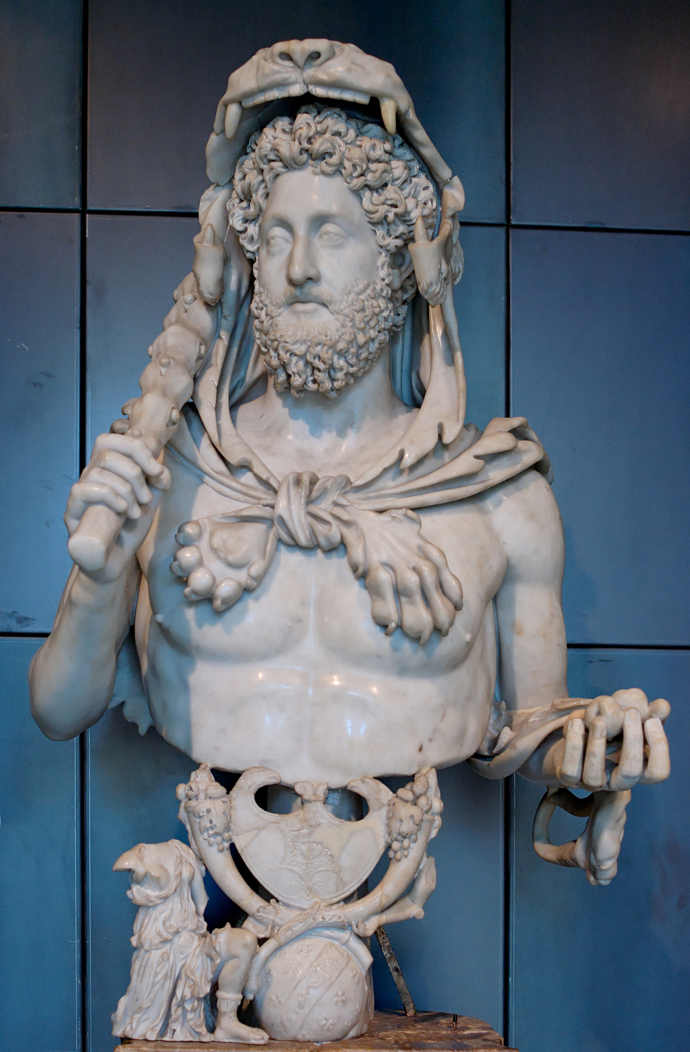
Fire and Ice: Norse Mythology Explained
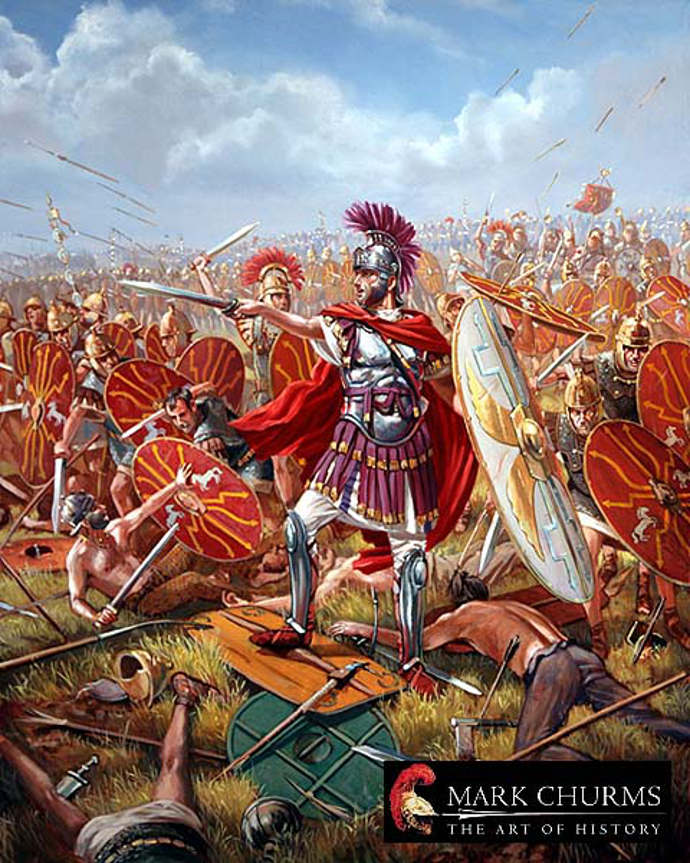

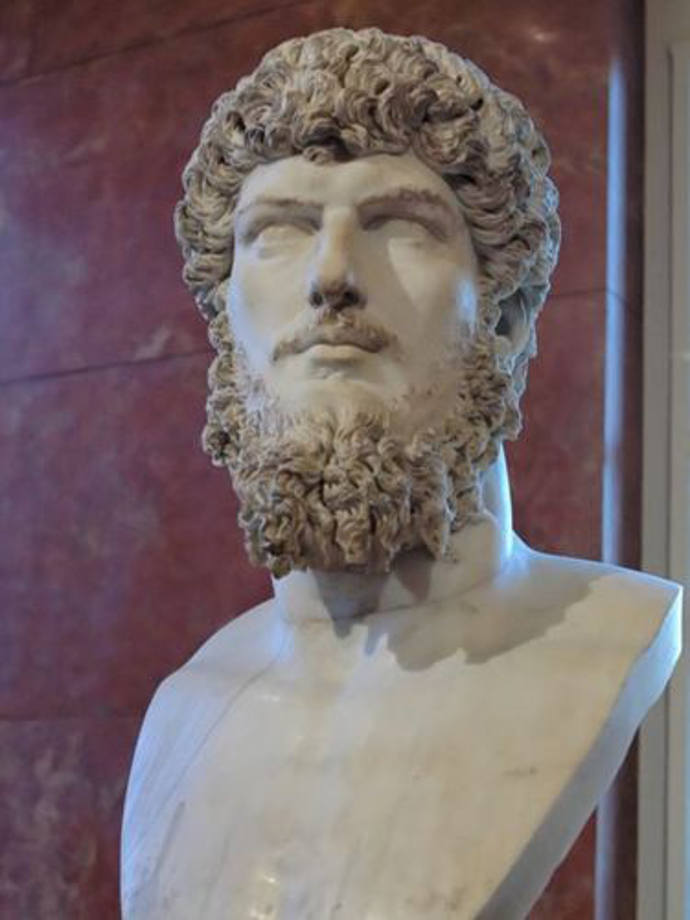
The Great Roman Civil War between them and their supporters broke out in 49 BC and continued for four years.
5 Amazing Weapons of the Ancient World
Photo by Paul Vlaar via Wikimedia Commons
The Life of Julius Caesar in 55 Facts
It confirmed Roman domination over the Celtic Gauls and expanded Romes (still republican) territories over France, Belgium, Switzerland and northern Italy. Caesar constructed two rings of fortifications around the fort at Alesia before almost wiping out the Gaulish force inside.
Charlemagne Holy Roman Emperor

He may have killed his stepbrother to assume the throne. He certainly had his mother executed in one of many power struggles. He was the first emperor to commit suicide.
Packed with immigrating young men, the Romans needed female inhabitants and kidnapped Sabine women, sparking a war that ended with a truce and the two sides joining forces.
He had been ordered to disband the armies that had successfully conquered Gaul by a Senate that wanted to support his great rival Pompey. Caesar finally won the war in 45 BC.
Although this founding is a myth. The name Romulus was probably invented to fit the name of the city he was said to have founded on the Palatine Hill before killing his twin.
It was revealed when Pompey and Crassus stood alongside Caesar as he spoke in favour of agrarian land reform that the senate had blocked.
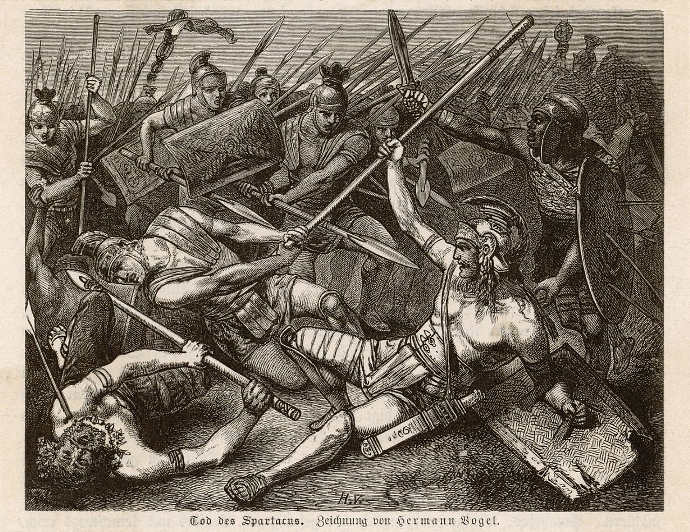
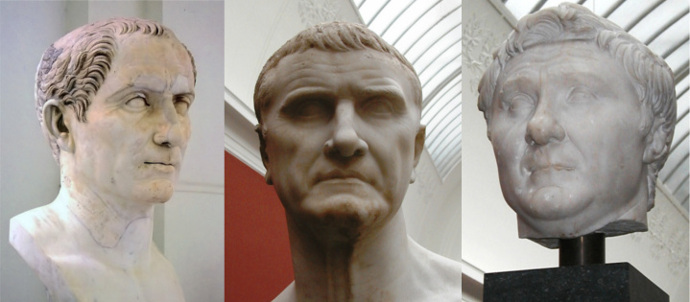
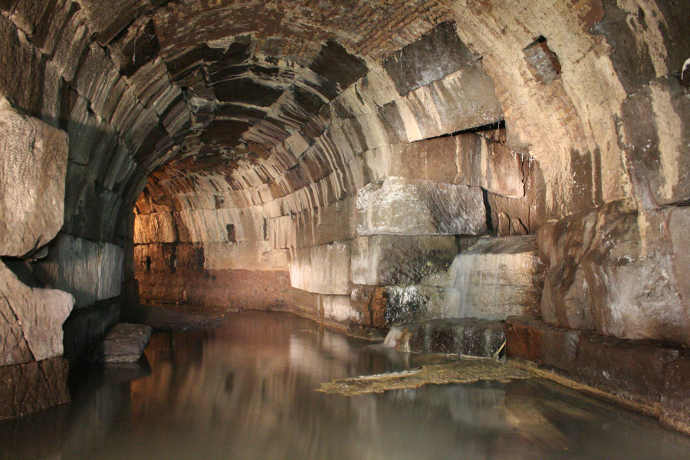
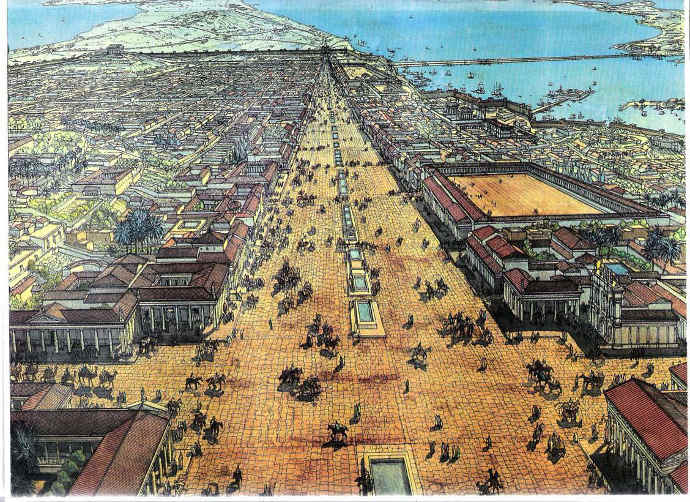
The first was an informal arrangement between Julius Caesar, Marcus Licinius Crassus, and Gnaeus Pompeius Magnus (Pompey). The Second Triumvirate was legally recognised and consisted of Octavian (later Augustus), Marcus Aemilius Lepidus, and Mark Antony.
Regiments of 3,000 infantry and 300 cavalry were called legions and their foundation was ascribed to Romulus himself.
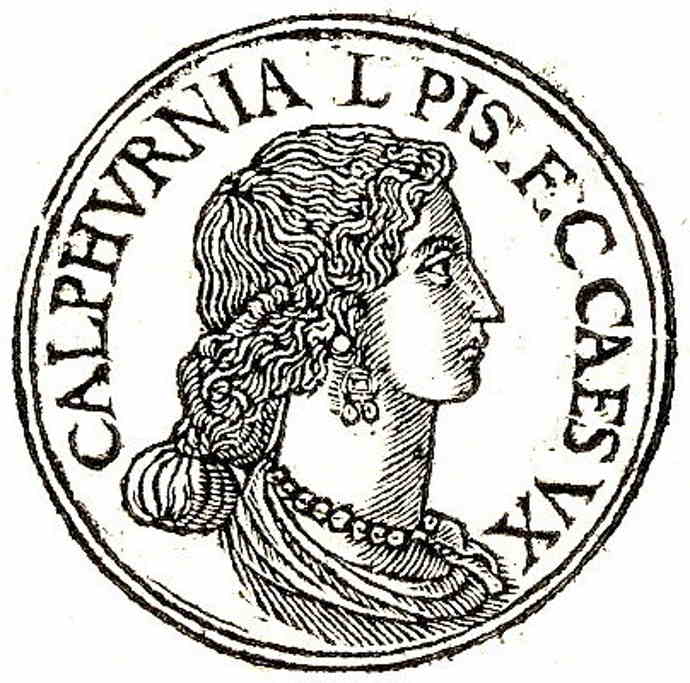
The statesman would proclaim: Ceterum cen搜索引擎优化 Carthaginem esse delendam, (By the way I think that Carthage must be destroyed,) at the end of every speech he made, no matter what he was talking about.
A two year siege ended with the destruction of the city and slavery or death for most of its inhabitants. The Roman general Scipio is considered one of the great military geniuses of the ancient world. He is said to have cried at the destruction his forces had brought to North Africa.
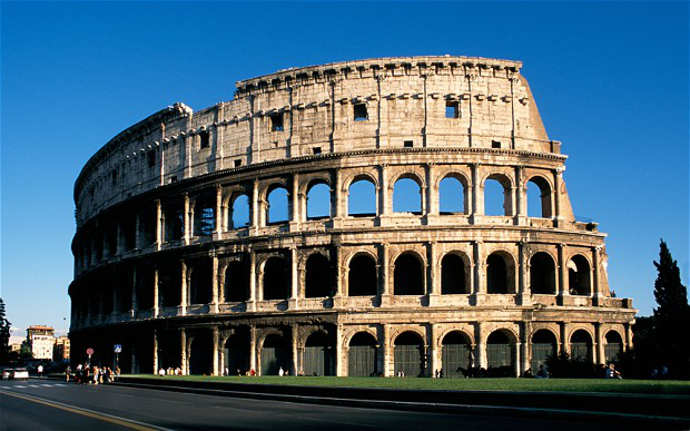
His name may have come from an ancestor being born by caesarean section.
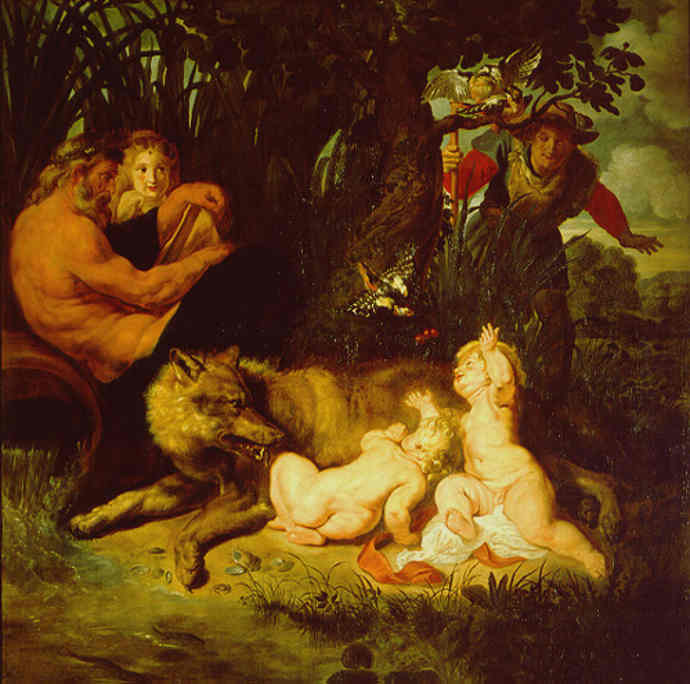
It was the start of the Punic Wars that would last well into the 2nd century BC. Rome won the day after a long siege, kicking the Carthaginians off Sicily. It was the first Roman victory off the Italian mainland.
Mixing a dry aggregate with a mortar that would take up water and then harden gave the Romans a range of building materials of great flexibility and strength. Roman concrete is very similar to modern Portland cement.
The red, white, green and blue teams inspired great loyalty, building clubhouses for their fans. In 532 AD in Constantinople rioting that destroyed half the city was sparked by chariot fans disputes.
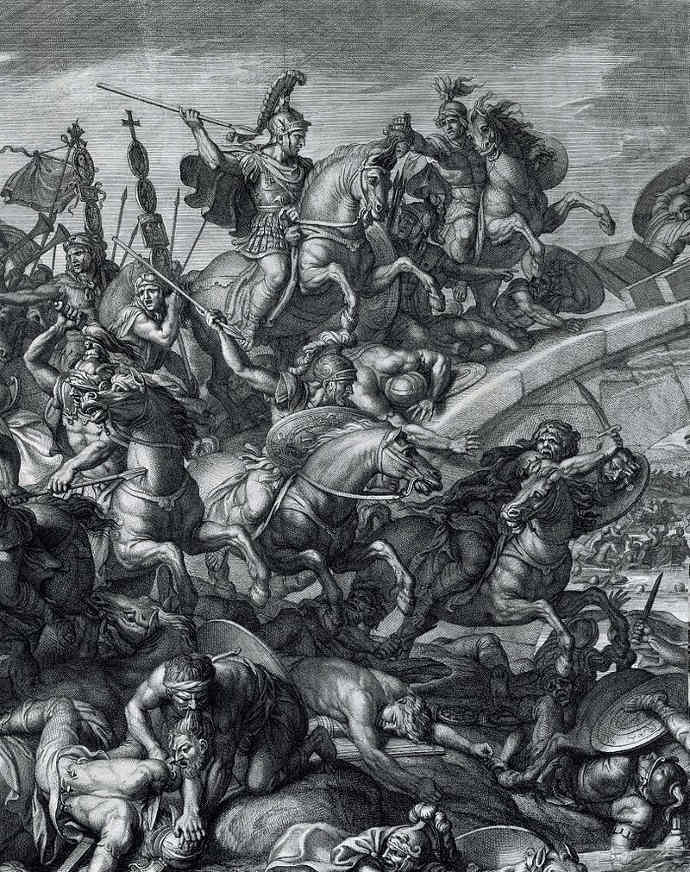
Nerva, Trajan, Hadrian, Antoninus Pius and Marcus Aurelius each chose his successor while in office. There was stability of succession but no hereditary dynasties were established.
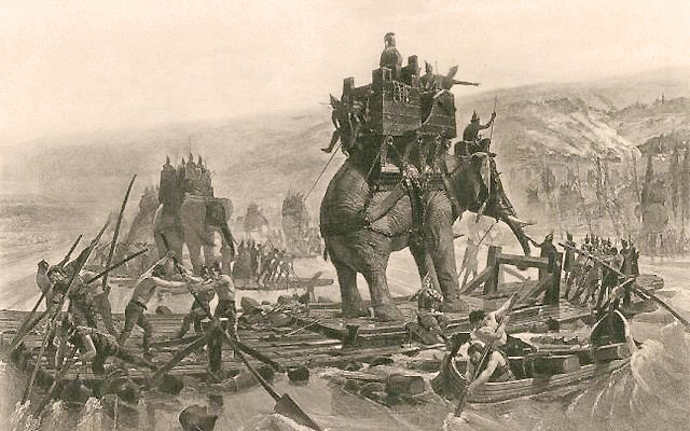
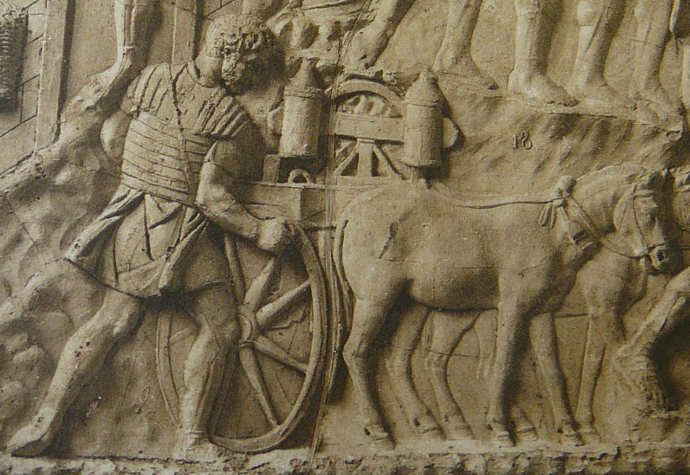


The wall was about 73 miles long and up to 10 feet high. Built of stone with regular forts and customs posts, it is an extraordinary achievement and parts of it still survive.
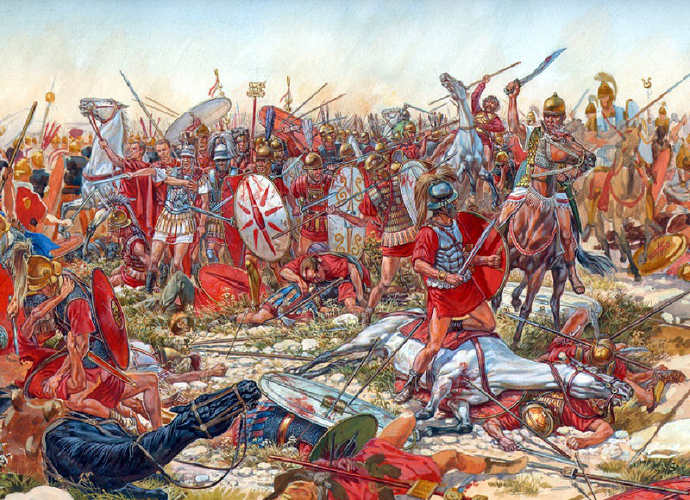
Rome itself was served by 11 aqueducts by the end of the third century, with nearly 800km of artificial water courses in total. Cities freed people from subsistence agriculture, allowing them to indulge in art, politics, engineering and specialised crafts and industries. Constructing these systems that used gravity to move water over long distances down tiny inclines was an astounding feat.
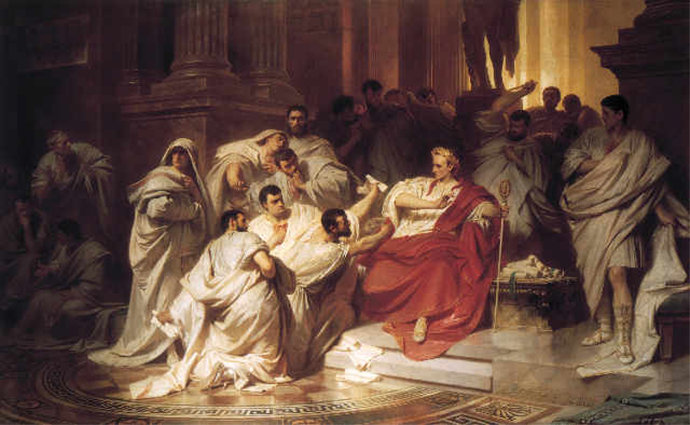
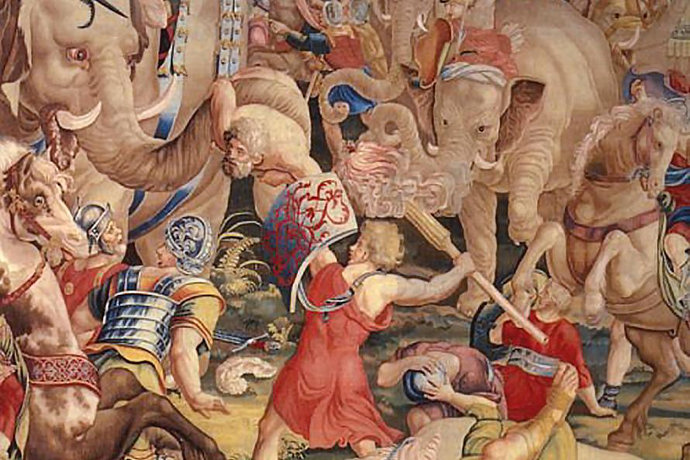
The Alcntara Bridge over the Tagus River in Spain is one of the most beautiful. It was completed in 106 AD under Emperor Trajan. I have built a bridge which will last forever, reads an original inscription on the bridge.
The well-preserved remains that are now a UNESCO World Heritage site include the Roman city that was established on the ruins of the original.

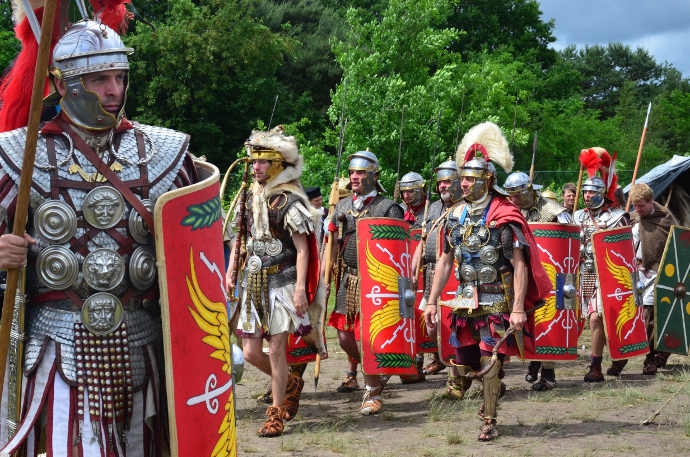
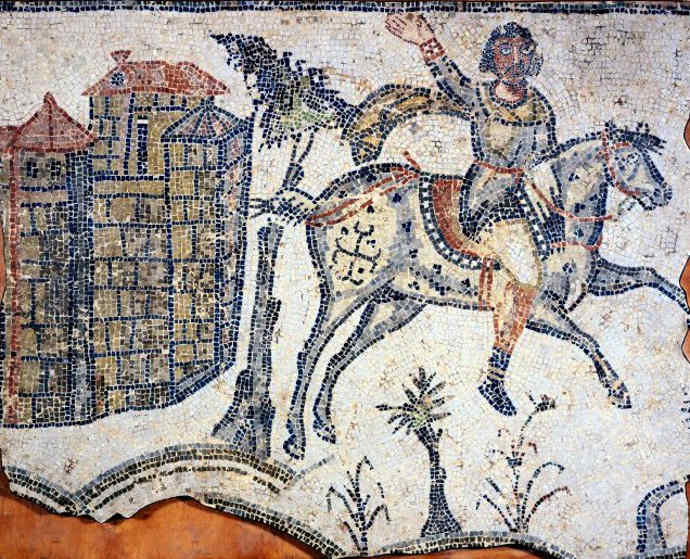
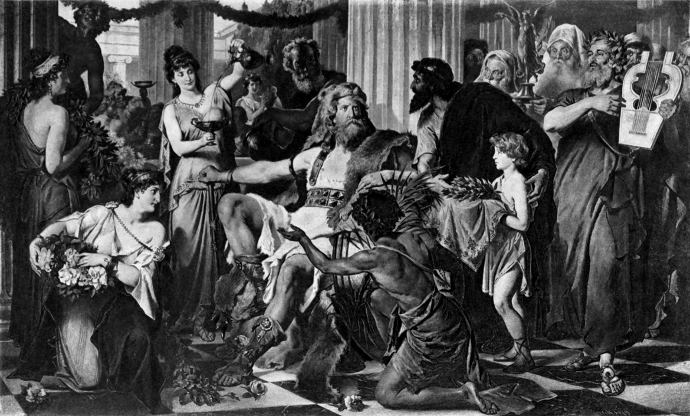
It was a single-day festival in honour of the god Jupiter. Soon there were as many as eight ludi each year, some religious, some to commemorate military victories.
5 Great Female Warriors of the Ancient World
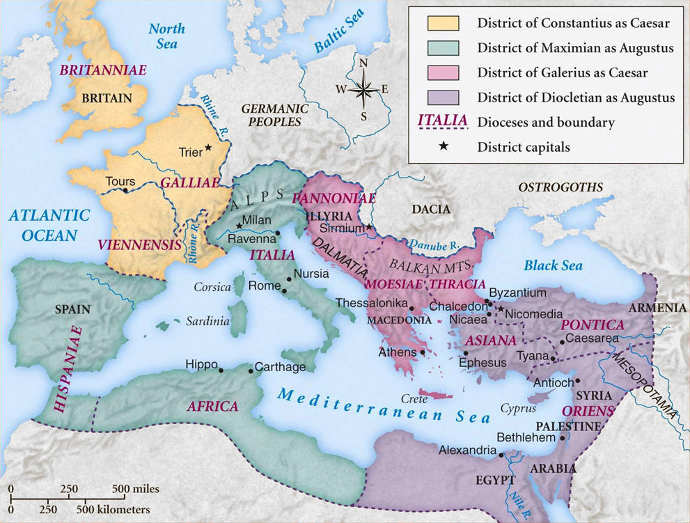
This model for integrating vanquished peoples was followed for most of Roman history.
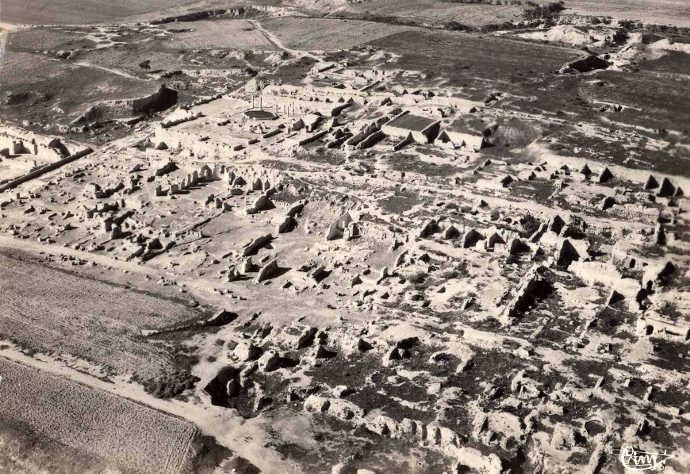
The bridge across the Danube was 1,135 m long and 15 m wide.
The Julian Calendar was used in Europe and European colonies until the Gregorian Calendar reformed it in 1582.
This 1,000-year-and-more history is complex and fascinating, here are just 100 facts that help illuminate it.
Some 200 years after the conquest of Italy had been completed he wrote 142 books on Romes early history, but only 54 survive as complete books.
It is one of the most important visual sources on Roman military life. About 2,500 individual figures are shown on its 20 round stone blocks, each of which weighs 32 tons.
83. Trajan celebrated his final victory over the Dacians with games using 10,000 gladiators and 11,000 animals over 123 days
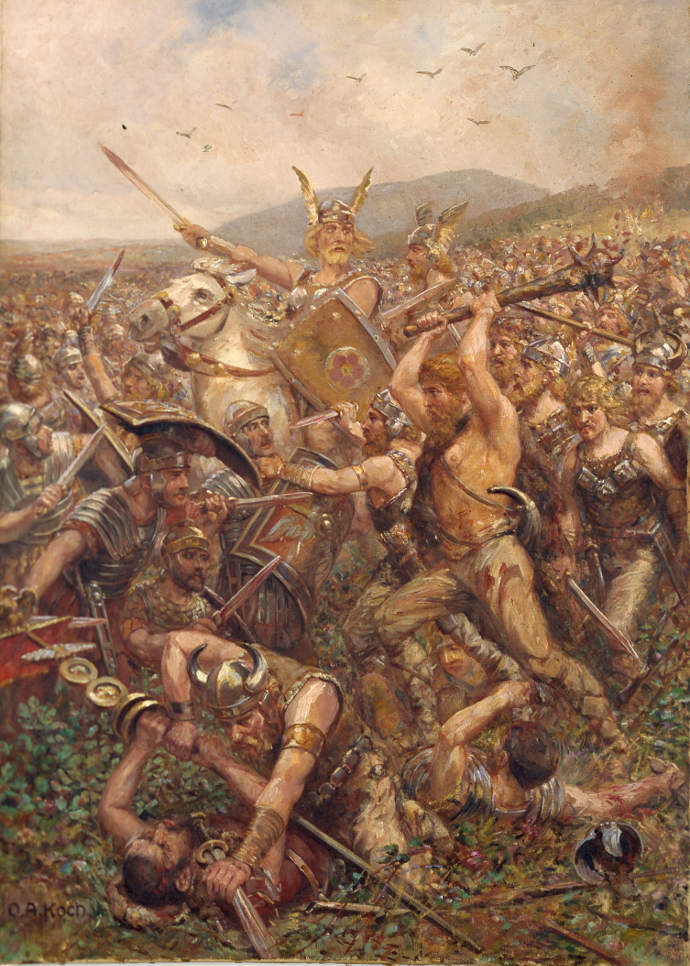
The fact that fights were advertised as sine missione, or without mercy, suggests that often losers were allowed to live. Augustus banned fighting to the death to help tackle a shortage of gladiators.
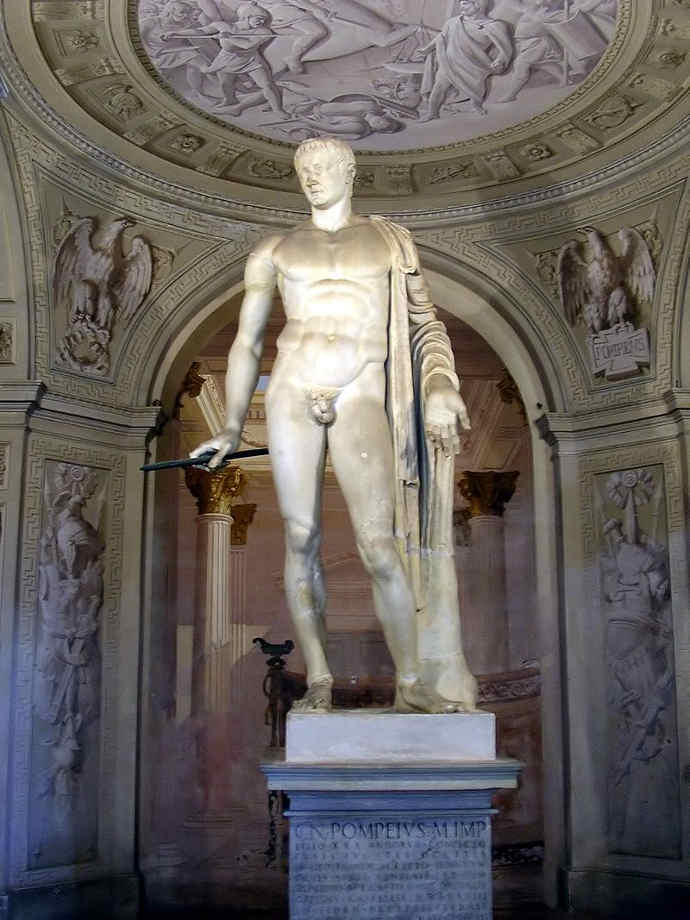
From 376 AD large numbers of Germanic tribes were pushed into the Empire by the westward movement of the Huns.
Augustus. Photo by Till Niermann via Wikimedia Commons
